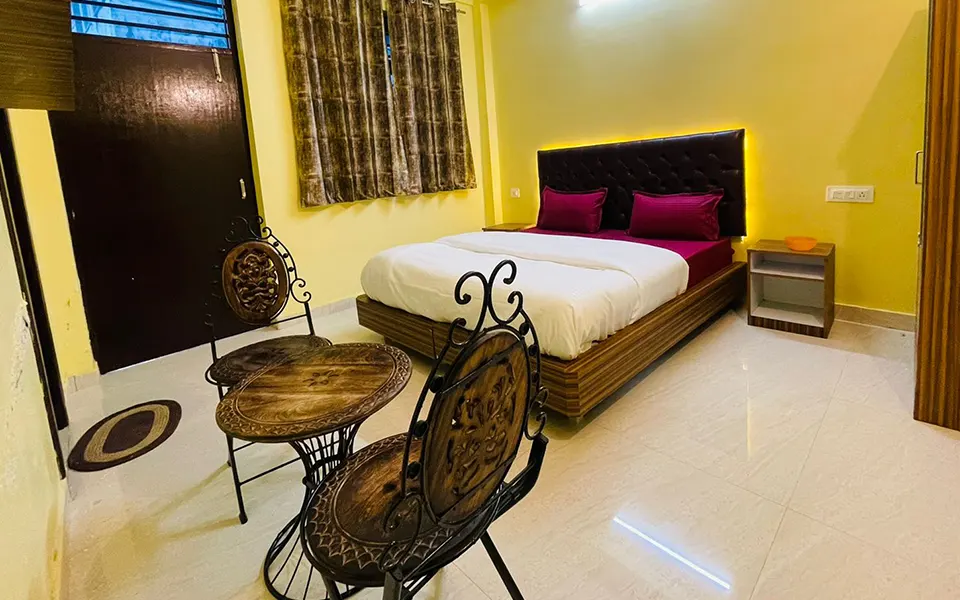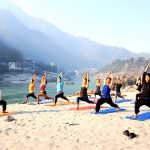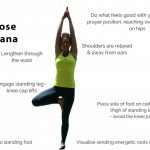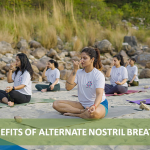EIGHT-ANGLE POSE
In Sanskrit, the eight-angle pose is known by the name Astavakrasana.
The word comes from two Sanskrit words, ashta meaning “eight”, vakra meaning “bent, curved”, and asana meaning “posture” or “seat”;
Its name derives back to, after being cursed by his father, was born with bends or twists in his feet, hands, knees, chest, and neck.
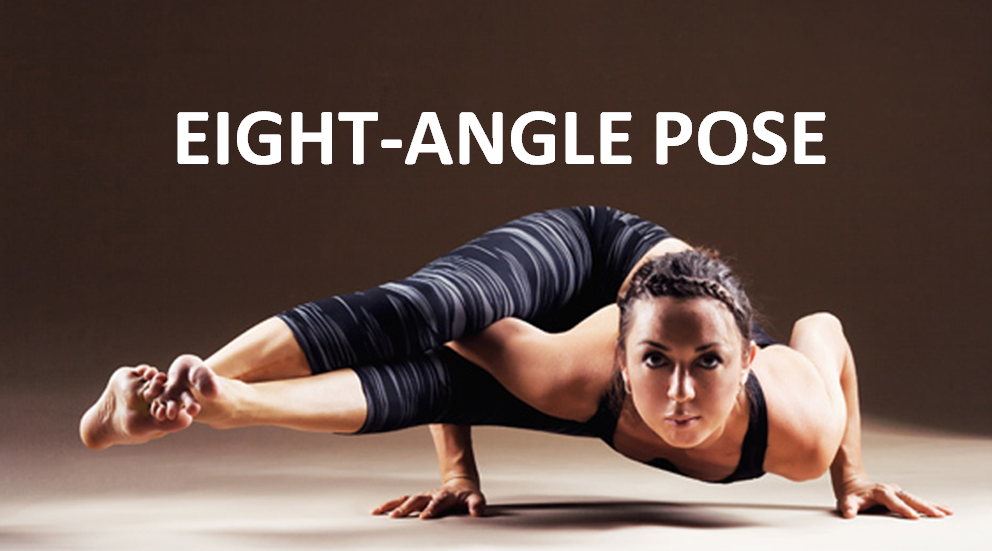
Preparatory Poses
The eight-angle pose or Astavakrasana is an excellent asana that is relatively easy to perform and can be practised by all, from child to young. However, to master the eight-angle pose or Astavakrasana, you must practice the following preparatory yoga asanas:
- Side Plank or Vashistasana
- Turtle Pose or Kurmasana
- Easy Scale Pose or Sukha Tolasana
- Baby Cradle or Hindolasana
HOW TO DO the eight-angle pose or Astavakrasana?
Yoga is a crucial science, so it is significant to know every step behind it, to do it correctly. If you want to avail the maximum benefits of the eight-angle pose or Astavakrasana, you have to follow the same principle.
The following steps need to be followed for practicing the eight-angle pose or Astavakrasana accurately:
- Start with the dandasana, and stretch your legs out. Then gently Bend your right leg from the knee and hold your right foot with your left hand.
- Slowly bring your right arm on the inside of the right thigh.
- Firmly hold your right foot with the left hand and raise your right leg. Make sure your right thigh must be resting on the upper shoulder of your right arm.
- Gently place your right palm on the floor beside your right hip and hook your right knee with the right arm.
- Now, firmly press your palms on the floor and raise your hips and legs off the floor.
- Then slowly bend your left knee and hook the left ankle with the right ankle. Raise your both legs towards the right.
- Eventually, Shift your weight ahead and bend your arms at the elbows while keeping your shoulders square.
- Look straight ahead and inhale deeply for 30-40 seconds.
- Slowly come out of the pose, straighten your arms and trunk and bring your legs forward. Relax your ankles and return to the starting pose.
- Repeat on the other side as well.
MENTAL AND PHYSICAL HEALTH BENEFITS
The eight-angle pose or Astavakrasana is certainly a posture worth exploring when it comes to the benefits it provides. This pose is a classic yoga pose that has numerous health benefits.
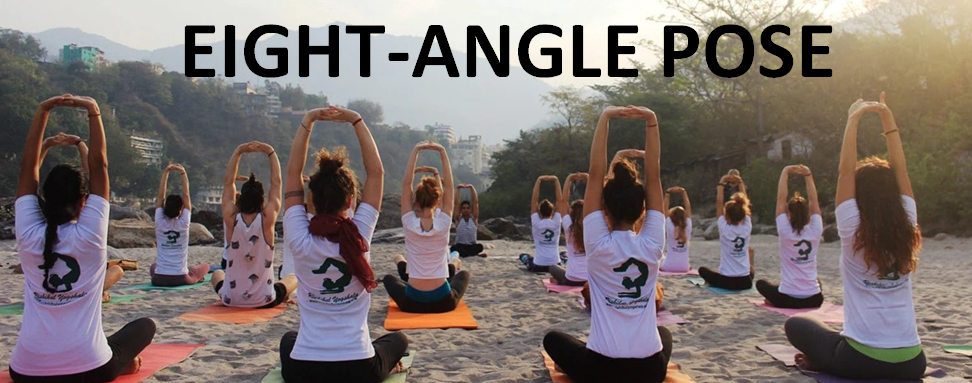
It is a great pose for beginners and can be done by anyone, regardless of their yoga experience. The eight-angle pose or Astavakrasana is a great way to relax and rejuvenate the body.
The mental and physical health benefits of the eight-angle pose or Astavakrasana include:-Stretches your hamstrings and lower back, Relieves fatigue and tension, Improves your blood circulation, Calms your mind, eases sciatica pain, improves your thyroid functioning, increases energy, balances blood pressure, improves sleep cycle, relieves knee pain.
Additionally, this pose provides a great stretch to the back of your legs and aids in managing varicose veins. The eight-angle pose or Astavakrasana is also known to aid in the relief of back pain, tension headaches, and menstrual cramps.
If you are new to yoga, the eight-angle pose or Astavakrasana is a great pose to start with. It is a simple pose that has a ton of benefits. It reduces stress, anxiety & tension.
IDEAL TIME TO DO THE eight-angle pose or Astavakrasana
The ideal time to practice the eight-angle pose or Astavakrasana is in the evening or night (before sleep). Before practising this pose, you must make sure that your stomach & bowels are empty. You must have your meals at least four to six hours before you do this pose so that your food gets digested & there is enough energy for you to expend during the practice.
You can practice it once or twice a day to get the most from the eight-angle pose or Astavakrasana.
Contraindications of the eight-angle pose or Astavakrasana
Do not practice the eight-angle pose or Astavakrasana, if you’re having any of the following health issues.
- High blood pressure
- Heart problems
- Knee injuries
- Shoulder problems
- Wrist, spine or hips injuries
Make sure that you must consult your doctor or yoga teacher before practising the eight-angle pose or Astavakrasana. It is always important to tune in and listen to your body and never push it past its threshold. You may lean into sensation, yes, but you shouldn’t feel pain.
You can do adjustments or modifications in the pose if you have pain in your lower back, shoulders, knees, or foot arches.
VARIATIONS
There are several variations of the eight-angle pose or Astavakrasana. You can try these poses individually or use them to create a sequence, and enjoy the miraculous benefits of the eight-angle pose or Astavakrasana.
The significant variations of the eight-angle pose or Astavakrasana are mentioned here:
- Hand-to-wrist Astavakrasana
- Hand-to-chin Astavakrasana
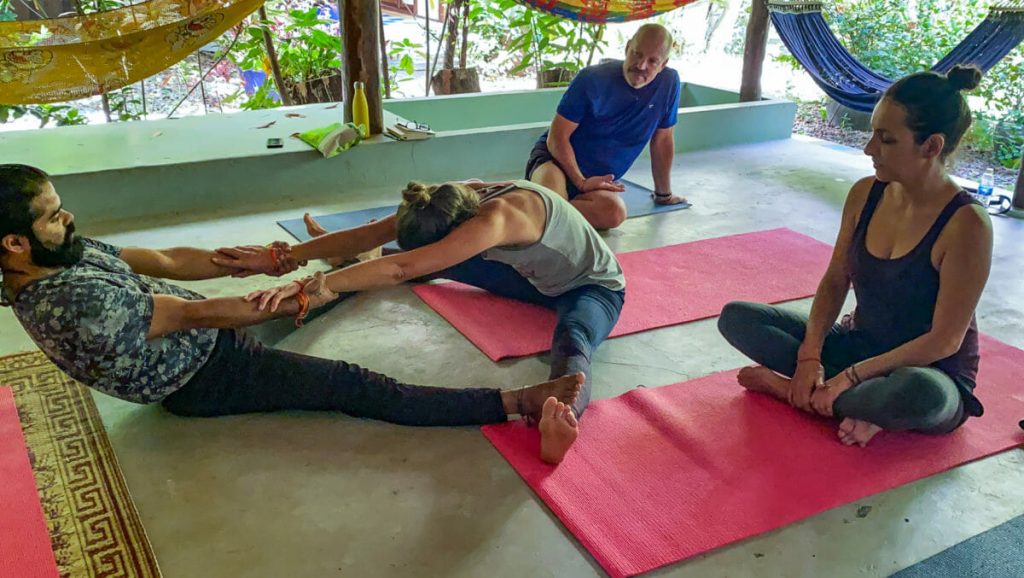
The bottom line
When it comes to improving your health, there are a few things more important than maintaining a regular yoga practice. And while all yoga poses offer some health benefits, some poses are better than others when it comes to specific health concerns.
The Eight-Angle Pose or Astavakrasana is a great pose for those looking to improve their cardiovascular health.
So get started on this workout or asana at home, at the office, or any other calm place to the extent your body can, and don’t worry about achieving the perfect pose.
If you are keen to learn more about the health benefits of the eight-angle pose or Astavakrasana or any other yoga poses, you can visit your website.
Stay healthy, stay strong and get the best out of life!
Keep reading.

